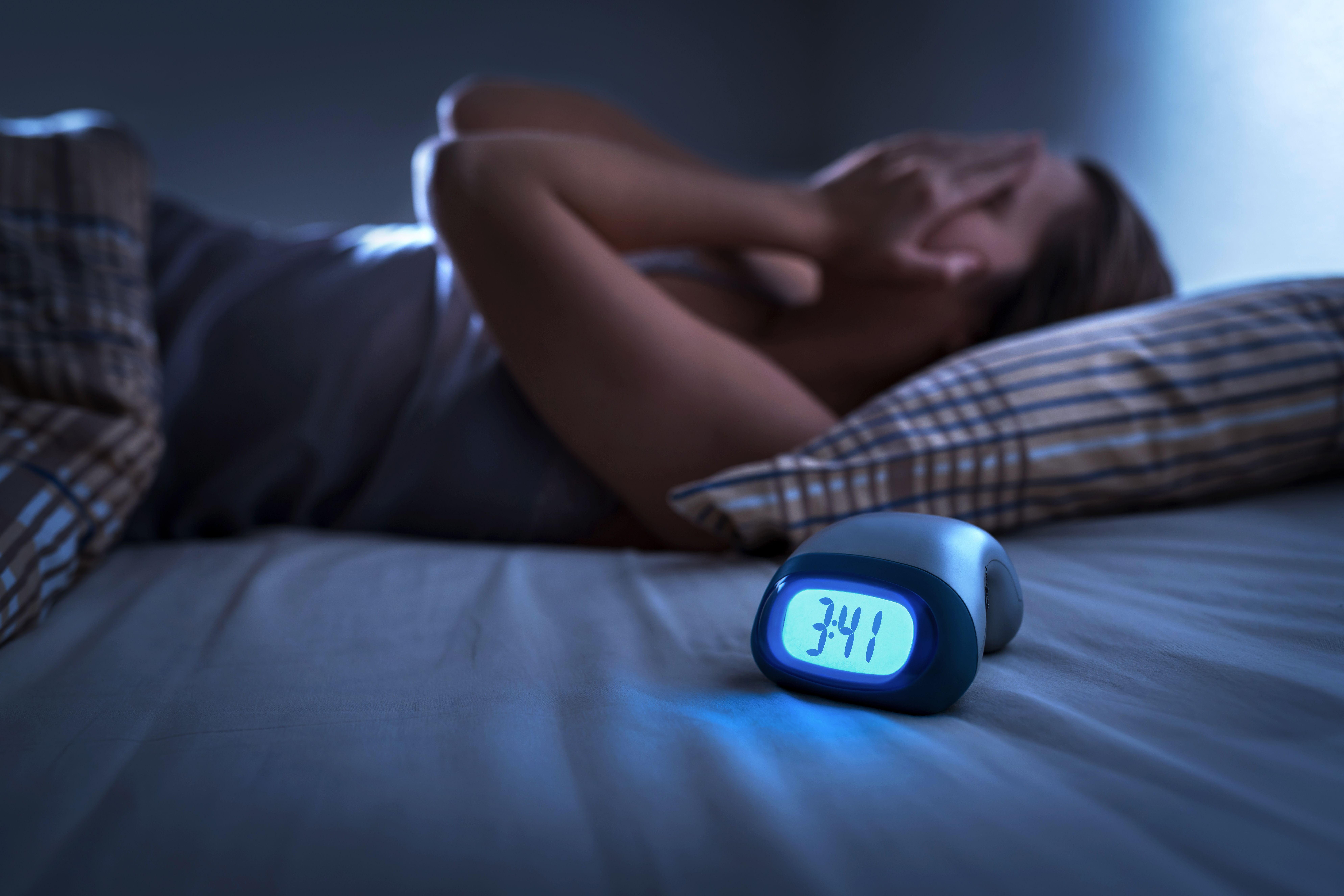Article
Higher Rates of Insomnia Linked to Older Age, Being a Woman
Author(s):
Current social determinants of health found to have a significant impact on sleep health.
It may be important to screen for insomnia based on age or current social determinants of health (SDOH), according to findings from a cross-sectional study of adults in a Florida community published in the Journal of Clinical and Translational Science.
Credit: terovesalainen - stock.adobe.com

Overall, 27.3% of all adults reported a history of insomnia; however, the incidence rate was highest among people 65 years of age and older and women. Insomnia is the top sleep disorder in the world. Characterized by poor sleep quality and trouble falling asleep or staying asleep, it is associated with increased medication use, physician calls, and trips to the emergency department.
Previous research suggests that SDOH—defined as the conditions in a person’s environment that impact health and quality of life—are important factors that impact quality of sleep. Those who are historically socioeconomically disadvantaged, have experienced discrimination, or have mental health conditions are shown to have worse sleep outcomes, but a better understanding of risk factors could help improve sleep outcomes.
Investigators conducted a cross-sectional study of 11,960 adult community members—recruited using University of Florida’s HealthStreet outreach program—to find any associations between demographics, SDOH, health conditions, and reported history of insomnia. Participants were interviewed about these factors, then investigators analyzed responses to identify risk factors on history of insomnia.
People aged 65 years and older had higher reported rates of insomnia compared to younger adults. This could be related to natural age-related changes in sleep patterns, a growing number of individuals who retire, or possibly due to an increased risk in physical and mental health disorders compared to younger adults.
Women had higher incidence of insomnia compared to men, and White adults had a higher risk of insomnia than Black adults. The latter finding contradicts previous studies though, so more research should evaluate these mixed findings, according to the investigators.
Certain SDOH were associated with higher rates of insomnia, including:
- food insecurity
- living alone
- being a military veteran
- having anxiety, ADHD, depression
- having cardiometabolic disease
- lower levels of social support
The study contains limitations that need to be considered, the first of which being that patients provided a self-reported history. In addition, investigators did not include 1 definition of insomnia; the study cannot determine causality; population subgroups with a small number of people (people who are transgender); and patients were only recruited from a single geographic location.
Insomnia is a large public health burden that has been linked to increased incidence of vehicle, workplace, and home accidents. One study suggests that workplace accidents due to insomnia cost the United States $31.1 billion dollars. Further, insomnia is linked to higher rates of absenteeism at the workplace, increased difficulties concentrating, and if left untreated, may cost thousands per patient per year.
The investigators suggest evaluating patients for insomnia, especially if they have certain SDOH or age-related risk factors. They also recommend that health care professionals provide behavioral therapies, such as cognitive behavioral therapy for insomnia, as first-line treatment to help patients sleep better.
Reference
Fidler A, Chaudhari P, Sims V, Payne-Murphy J, Fischer J, Cottler L. Insomnia among community members in Florida: Associations with demographics, health conditions, and social support. J Clin Transl Sci. 2023; 7(1): e128. doi: 10.1017/cts.2023.536





